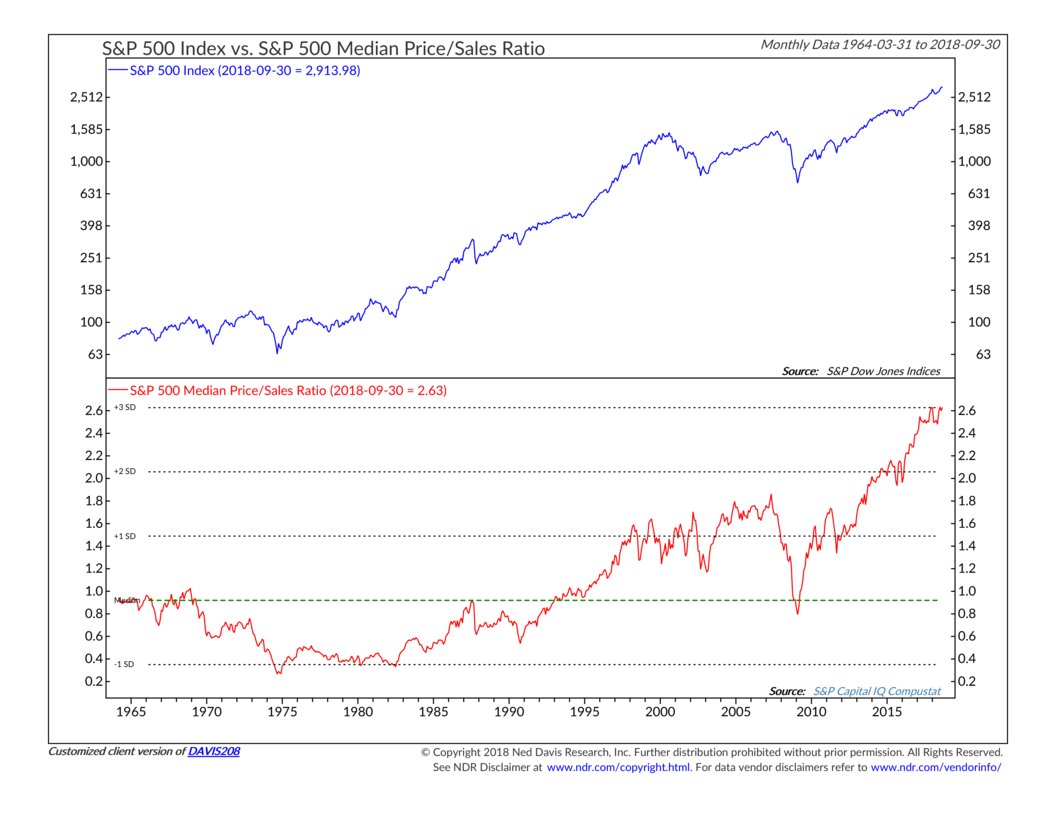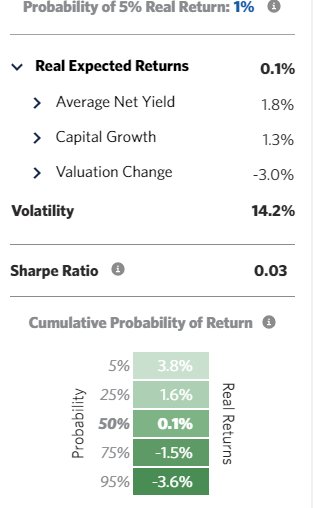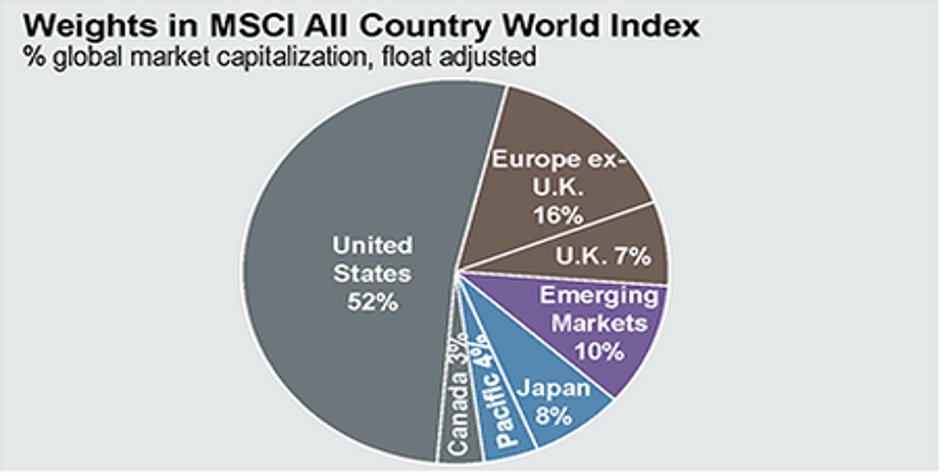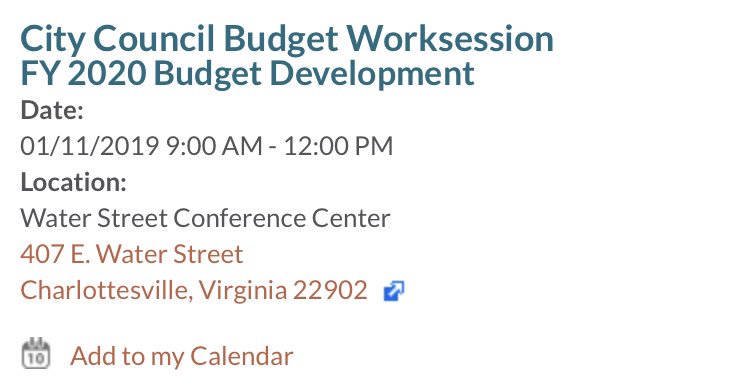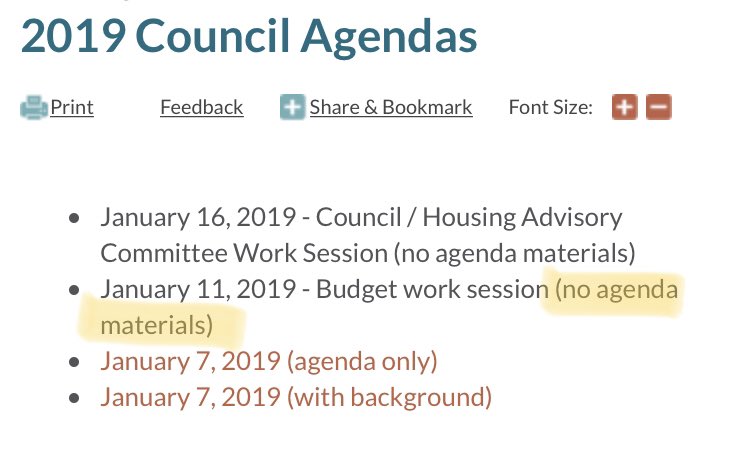Let's talk about investing expectations.
Investors typically expect 10% returns on their portfolio. Most pension fund expect around 8%.
** Millennials expect 11.7% per year. And 20% of you expect 20%+ returns.
schroders.com/en/sysglobalas…
(@WSJ summary here wsj.com/articles/jack-…)
Rt =D0 +Gt +∆P/Et
10 year annualized stock returns = dividend yield + dividend growth + change in valuations
10% = 4.8% + 4.9% + 0.3%
6.9% = 2.0% + 4.9% + 0%

Here is a @NDR_Research chart that looks at median price-to-sales for the S&P 500, which currently is all time highs:
